How to Harvest Sweet Potatoes: Maximize Your Yield
Introduction
Sweet potatoes (Ipomoea batatas) are a versatile and nutritious crop, prized for their sweet, starchy roots and tender greens. Whether you’re a home gardener or a commercial farmer, understanding the intricacies of harvesting sweet potatoes is crucial for maximizing yield, ensuring long-term storage, and enjoying the full flavor and nutritional benefits of this incredible crop. This comprehensive guide will walk you through everything you need to know about how to harvest sweet potatoes, from determining the right time to dig them up, to the best techniques for curing and storing them.
Table of Contents
- Understanding Sweet Potato Growth
- The Best Time to Harvest Sweet Potatoes
- Preparing for Harvest
- Harvesting Techniques
- Post-Harvest Care
- Curing Sweet Potatoes
- Storing Sweet Potatoes
- Common Harvesting Mistakes to Avoid
- Troubleshooting: What to Do If Things Go Wrong
- Conclusion
Understanding Sweet Potato Growth
Before diving into the harvesting process, it’s essential to understand how sweet potatoes grow. This knowledge will help you identify the best time to harvest and ensure you get the highest quality tubers.
Sweet potatoes are a warm-season crop, requiring a long growing season with plenty of sunshine. Typically, they take between 90 to 170 days to mature, depending on the variety. The plants grow as vines with heart-shaped leaves, and the tubers develop underground. Unlike regular potatoes, sweet potatoes don’t grow from eyes on the tubers; instead, they are propagated from slips, which are sprouts grown from a mature sweet potato.
The Best Time to Harvest Sweet Potatoes
Timing is everything when it comes to harvesting sweet potatoes. Digging them up too early can result in smaller tubers with less flavor, while waiting too long can lead to damage from cold weather or pests.
Identifying Maturity
- Days to Maturity: Most sweet potato varieties are ready to harvest between 90 to 120 days after planting, though some may take up to 170 days. Keep track of your planting date to estimate the maturity window.
- Vine Health: The health of the vines is a good indicator of when the sweet potatoes are ready. When the vines begin to yellow and die back, it’s usually a sign that the tubers have reached maturity. However, don’t wait until the vines are completely dead, as this can make the tubers more susceptible to rot.
- Size Check: If you’re unsure about the maturity of your sweet potatoes, you can gently dig around one or two plants to check the size of the tubers. Mature sweet potatoes should be about the size of a football or slightly smaller, depending on the variety.
Considering the Weather
- Temperature Sensitivity: Sweet potatoes are sensitive to cold temperatures. If frost is expected, it’s crucial to harvest your sweet potatoes before it arrives. Cold temperatures can cause the tubers to develop an off-flavor and reduce their storage potential.
- Soil Moisture: Harvesting is easier when the soil is slightly dry, but not too dry. Wet soil can cause the tubers to be muddy and more prone to damage, while overly dry soil can make digging difficult.
Preparing for Harvest
Proper preparation is key to a successful sweet potato harvest. Here are some steps you can take to get ready:
Tools You’ll Need
- Garden Fork or Spade: A garden fork is ideal for loosening the soil without damaging the tubers, but a spade can also work if used carefully.
- Gloves: Sweet potato vines can be tough and scratchy, so wearing gloves will protect your hands during the process.
- Buckets or Crates: To collect the harvested tubers.
Pre-Harvest Care
- Stop Watering: About a week before you plan to harvest, stop watering the plants. This will help the soil dry out slightly, making it easier to dig up the tubers without damaging them.
- Trim the Vines: On the day of harvest, trim the vines back to make digging easier. Leave about an inch or two of the vine attached to the tubers to make them easier to pull out of the soil.
Harvesting Techniques
Now that you’re prepared, it’s time to start digging up your sweet potatoes. Here’s how to do it properly:
Step-by-Step Harvesting Process
- Loosen the Soil: Start by using your garden fork or spade to loosen the soil around the base of the plant. Be careful not to stab too close to the plant, as this can damage the tubers. Work your way around the plant in a circle, loosening the soil to a depth of about 12-18 inches.
- Lift the Tubers: Once the soil is loosened, gently lift the tubers out of the ground by hand. Handle them carefully to avoid bruising or cutting the skin, as damaged tubers are more susceptible to rot.
- Remove Excess Soil: Shake off any excess soil, but don’t wash the tubers at this stage. The soil will help protect them during the curing process.
- Inspect the Tubers: As you harvest, inspect each tuber for signs of damage, rot, or disease. Set aside any damaged tubers to be used first, as they won’t store as well as undamaged ones.
Post-Harvest Care
After harvesting, proper handling is crucial to ensure the sweet potatoes cure and store well.
Handling Tips
- Avoid Sun Exposure: Keep harvested tubers out of direct sunlight, as this can cause them to dry out and become sunburned. Instead, place them in a shaded area or cover them with a tarp.
- Minimal Handling: The less you handle the tubers, the better. Excessive handling can cause bruising and damage to the skin, which can lead to rot during storage.
Curing Sweet Potatoes
Curing is an essential step that enhances the flavor of sweet potatoes and extends their shelf life. Here’s how to do it:
The Curing Process
- Temperature and Humidity: Curing requires a warm, humid environment. The ideal conditions are a temperature of 80-85°F (27-29°C) with 85-90% humidity. This environment allows the tubers to heal any minor cuts or bruises and converts some of the starches into sugars, improving the flavor.
- Duration: Curing typically takes about 7-10 days. During this time, the sweet potatoes should be placed in a well-ventilated area. If you don’t have access to a space with the ideal temperature and humidity, you can create a makeshift curing environment by placing the tubers in a plastic bag with a few holes for ventilation, then storing them in a warm room.
- Post-Curing Storage: After curing, move the sweet potatoes to a cooler, drier place for long-term storage. The ideal storage temperature is between 55-60°F (13-15°C), with a humidity level of 60-70%.
Storing Sweet Potatoes
Proper storage is key to ensuring your sweet potatoes last through the winter months.
Long-Term Storage Tips
- Storage Conditions: As mentioned, the best storage conditions are a cool, dry place with temperatures between 55-60°F and humidity levels around 60-70%. Basements, root cellars, or cool pantries work well.
- Avoid Refrigeration: Never store sweet potatoes in the refrigerator, as the cold temperatures can cause the sugars to convert back into starches, resulting in a hard, flavorless tuber.
- Storage Containers: Store the sweet potatoes in crates, baskets, or boxes lined with newspaper or straw to allow for air circulation. Avoid stacking them too high, as the weight can cause bruising.
- Regular Checks: Periodically check your stored sweet potatoes for any signs of rot or sprouting. Remove any affected tubers immediately to prevent them from affecting the others.
Common Harvesting Mistakes to Avoid
To ensure a successful sweet potato harvest, avoid these common mistakes:
- Harvesting Too Early: Digging up sweet potatoes before they’re fully mature results in smaller, less flavorful tubers. Patience is key.
- Rough Handling: Bruised or cut tubers are more likely to rot in storage. Handle them with care to prevent damage.
- Skipping Curing: Curing is essential for improving flavor and shelf life. Don’t skip this step, even if you’re eager to taste your harvest.
- Improper Storage: Storing sweet potatoes in the wrong conditions can lead to spoilage. Avoid refrigeration and ensure they’re kept in a cool, dry place.
Troubleshooting: What to Do If Things Go Wrong
Even with the best care, things can sometimes go wrong during the harvest or storage of sweet potatoes. Here’s how to troubleshoot common issues:
- Tubers Are Too Small: If your sweet potatoes are smaller than expected, it may be due to harvesting too early, inadequate sunlight, or poor soil conditions. Ensure that your plants receive enough light and nutrients during the growing season, and consider leaving the tubers in the ground longer next time.
- Rotten Tubers: If you discover rot during storage, it’s often a result of damage during harvesting, improper curing, or storage in too humid or warm conditions. Be sure to handle the tubers carefully, cure them properly, and store them in a well-ventilated, cool place.
- Sprouting Tubers: If your stored sweet potatoes begin to sprout, it could be due to storage in too warm or too humid conditions. Sprouting can also occur if the sweet potatoes are exposed to light. To prevent sprouting, ensure your storage area is dark, cool, and dry. If sprouting has already begun, you can still eat the sweet potatoes, but they should be used quickly, as sprouted tubers don’t store well.
- Dry, Shriveled Tubers: If your sweet potatoes become dry and shriveled, it’s likely because they are stored in conditions that are too dry or have insufficient humidity. While you want to avoid excessive moisture, some humidity is necessary to keep the tubers plump. Consider increasing the humidity slightly or adding a pan of water nearby to balance the moisture levels in your storage area.
- Sweet Potatoes Turning Hard: If your sweet potatoes turn hard and lose their sweetness, it could be due to improper curing or storage at too low a temperature. Always ensure that you cure your sweet potatoes properly and avoid storing them in the refrigerator or other excessively cold environments.
Conclusion
Harvesting sweet potatoes is both a science and an art. It requires careful timing, proper technique, and thoughtful post-harvest care to ensure that you get the most out of your crop. By following the guidelines laid out in this comprehensive guide, you can enjoy a bountiful harvest of sweet potatoes that are not only delicious but also store well for months to come.
Remember, the key to success lies in understanding the growth cycle of sweet potatoes, preparing adequately for the harvest, and paying close attention to the curing and storage processes. Whether you’re growing sweet potatoes in your backyard garden or on a larger scale, these practices will help you maximize your yield and enjoy the fruits of your labor throughout the year.
For those new to sweet potato cultivation, it may take a season or two to perfect the process, but with patience and attention to detail, you’ll soon be harvesting sweet potatoes like a pro. So roll up your sleeves, grab your tools, and get ready to dig into one of the most rewarding gardening experiences out there.
By adhering to these best practices, you’ll be able to savor the unique taste and nutritional benefits of homegrown sweet potatoes long after the growing season has ended. Happy harvesting!



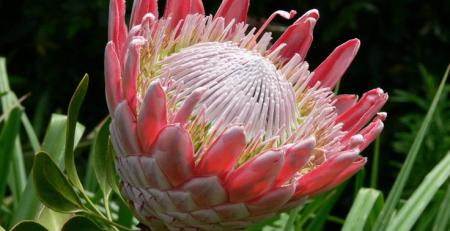
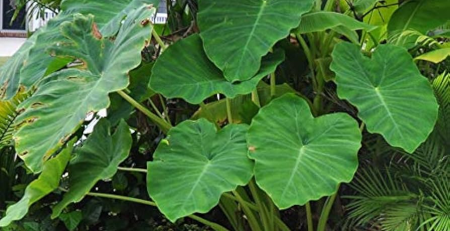
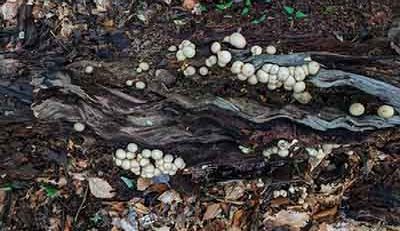
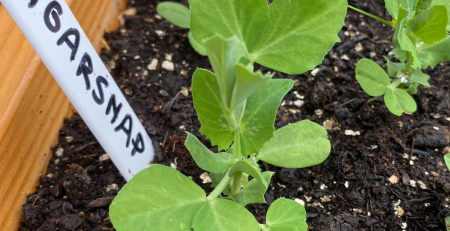
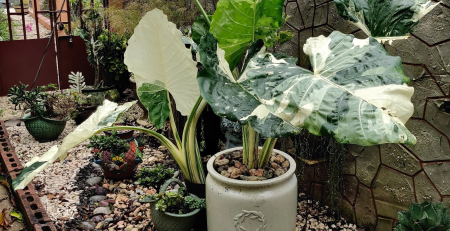



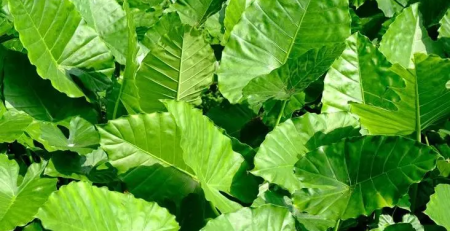
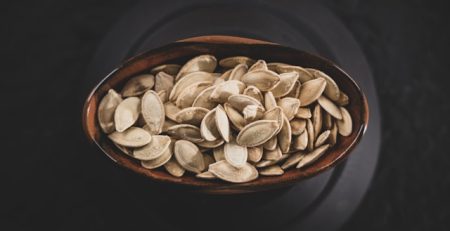
Leave a Reply